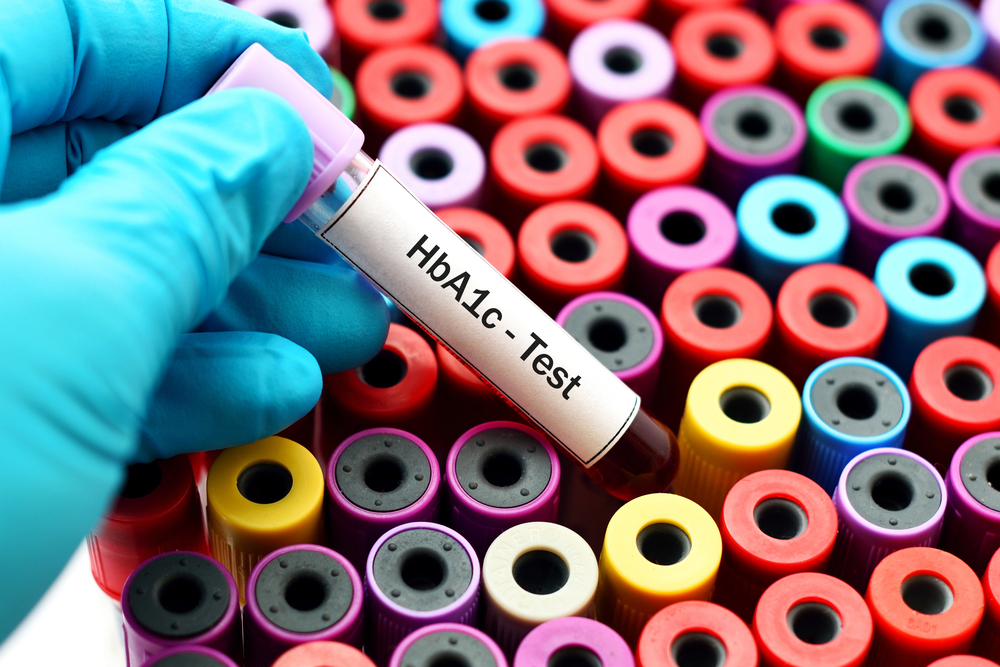Diabetes and Polyuria
The International Diabetes Federation’s (IDF) Diabetes Atlas reveals that approximately 10.5% of the adult population worldwide lives with diabetes, a condition intricately linked with a range of symptoms, including polyuria. This statistic highlights the prevalence of diabetes and the urgency of addressing its accompanying symptoms and complications.
Polyuria is a frequent complication in individuals with diabetes, characterised by the production and passage of excessive volumes of urine. This article explores polyuria, its causes, the specific relationship with diabetes, and how to manage it effectively.
What is polyuria?
Polyuria is a medical condition that occurs when there is excessive production or passage of urine. In adults, this translates to more than 2.5 to 3 litres over 24 hours, significantly higher than the normal urine output.
In a healthy individual, there is a complex balance between water intake, kidney function, and hormonal regulation. The kidneys play a crucial role in this balance, filtering and reabsorbing water and solutes.
Polyuria occurs when these mechanisms are disrupted, as in conditions like diabetes. Here, elevated glucose levels in the urine lead to a situation where water is excreted along with urine. This leads to excessive urination.
What are the causes of polyuria?
Polyuria can be a result of several underlying conditions. Each of the polyuria causes requires a specific approach for its management. Some common causes are:
- Uncontrolled Diabetes Mellitus: High blood glucose levels lead to osmotic diuresis, where water follows glucose into the urine, increasing urine volume.
- Diuretic Usage: High doses of diuretics increase urine production by promoting water and salt excretion from the kidneys.
- Primary Polydipsia: This is excessive fluid intake leading to increased urine output.
- Central Diabetes Insipidus: A deficiency of antidiuretic hormone (ADH) due to hypothalamic-pituitary disorders causes the kidneys to produce excess urine
- Nephrogenic Diabetes Insipidus: In this condition, the kidneys don’t respond to ADH, leading to large amounts of dilute urine.
- Oliguric Acute Kidney Injury Recovery: After reduced urine output, the kidneys may undergo a phase of increased urine production during recovery.
- Sjögren Syndrome: An autoimmune disorder that causes dry eyes and mouth. It can affect kidney function, leading to issues with urine concentration.
- Obesity or Undernutrition: Obesity is a risk factor for type 2 diabetes, which can cause polyuria. Undernutrition may indicate underlying issues like cancer, which can impact kidney function and lead to polyuria.
What is the link between diabetes and polyuria?
The link between diabetes and polyuria helps understand how diabetes impacts the body’s normal functions. Diabetes, which is linked with high blood sugar levels, disrupts the balance of fluids and electrolyte levels in the body. When an individual has diabetes, the kidneys process an increased glucose load.
The cause of polyuria in diabetes is primarily a phenomenon called osmotic diuresis. Osmotic diuresis occurs when the glucose concentration in the urine is so high that it draws water into the urine by osmosis.
Normally, the kidneys reabsorb glucose from the urine back into the bloodstream, but in diabetes, this mechanism is overwhelmed due to high blood glucose levels. Consequently, the glucose remains in the urine, increasing its capacity to pull water into urine. This process leads to large volumes of dilute urine production, a hallmark of polyuria in diabetic patients.
How to manage diabetic polyuria?
Managing diabetic polyuria helps reduce the discomfort associated with frequent urination and prevents potentially severe consequences of dehydration and electrolyte imbalances. Here are key strategies to follow:
- Strict Blood Sugar Control: Regular monitoring and maintaining blood glucose levels within the target range is fundamental. This often involves medication adherence, dietary adjustments, and regular physical activity.
- Hydration: Ensuring adequate fluid intake to compensate for the losses due to polyuria is important. However, this should be balanced to avoid over hydration.
- Dietary Modifications: Consuming a balanced diet, low in sugars and carbohydrates, can help regulate blood sugar levels.
- Medication Review: Consult with a healthcare provider to adjust diabetic medications or diuretics that might contribute to polyuria.
- Lifestyle Changes: Incorporating regular exercise and maintaining a healthy weight can improve insulin sensitivity and overall diabetes management.
Polyuria is a common symptom of diabetes characterised by excessive urine production due to disrupted kidney functions and imbalances. However, managing diabetic polyuria is crucial for overall health and involves medical and lifestyle interventions.
Regular testing and monitoring are essential in managing diabetes and its symptoms effectively.
FAQs
1. How much urine output is considered polyuria?
Production of more than 2.5 to 3 litres of urine in a 24-hour period is considered to be polyuria.
2. What are the dangers of polyuria in diabetic patients?
While polyuria can cause discomfort, it can also lead to more serious complications such as dehydration, electrolyte imbalance, and worsening kidney function.
3. Does polyuria occur in both Type 1 and Type 2 diabetes?
Yes, polyuria is associated with high blood sugar levels and can occur in both types of diabetes.















